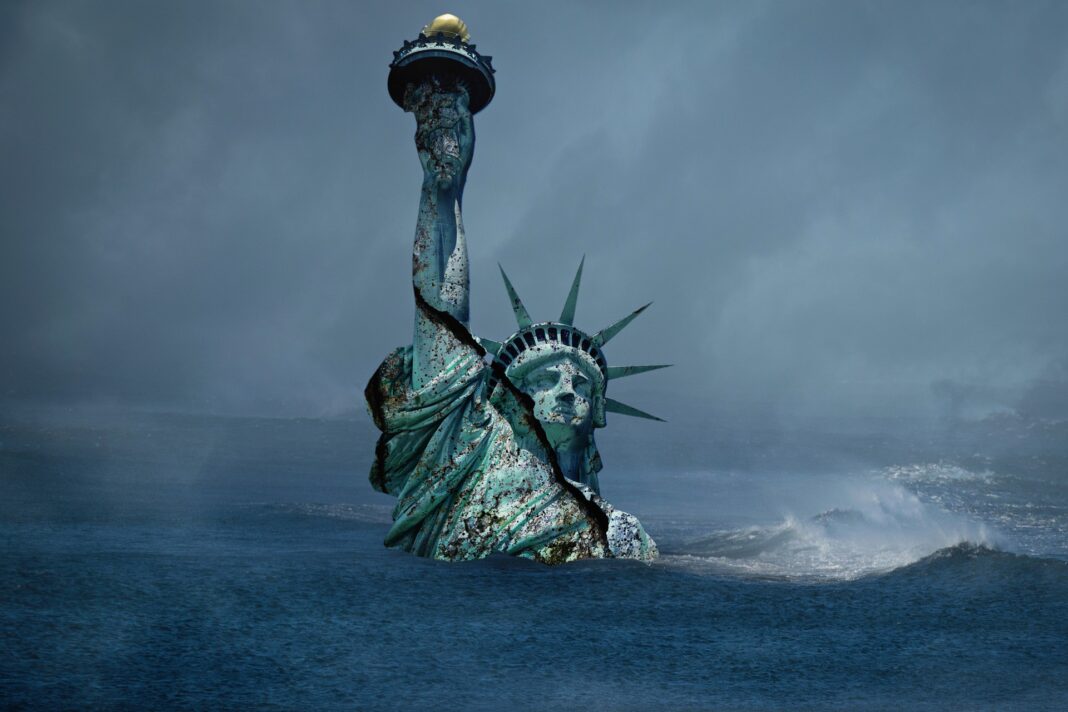Rising sea levels are a global problem that is escalating. In the future, more and more people will flee from coastal areas. Great waves of migration await us. Sea levels are estimated to have risen 11-16 centimeters in the 20th century. We are now witnessing major climate changes, with record droughts in many places and floods in others. How will rising sea levels affect individual countries?
Visualization of floods by the year 2100
States and areas with low altitude are most at risk. By 2100, around 360 million people will be at risk of flooding. Some island nations will cease to be habitable. Countries with a flat profile or with an elevation below sea level have the biggest problem, as their only option is likely to be to move elsewhere. Below you can see a series of visualizations by Florent Lavergne. Graphics use data from a 2019 study by Scott Kulp and Benjamin Strauss. Their study used CoastalDEM, a 3D graphics tool used to measure a population’s potential exposure to extreme coastal water levels, and examined rising sea levels under different levels of greenhouse gas emissions. See how rising sea levels could impact countries in terms of flood risk by the year 2100.
Africa
Asia
Europe
North America
Oceania
South America
According to NASA, since 1975 the average sea temperature has increased by 0.15-0.20°C every ten years. The sea is rising faster and faster and humanity is not yet ready for something like this.
Source & credit:
https://www.nature.com/articles/s41467-019-12808-z
https://www.behance.net/gallery/124067143/Data-Visualization-Sea-Level-Rise
https://www.visualcapitalist.com/cp/sea-level-rises-2100-by-region/




















